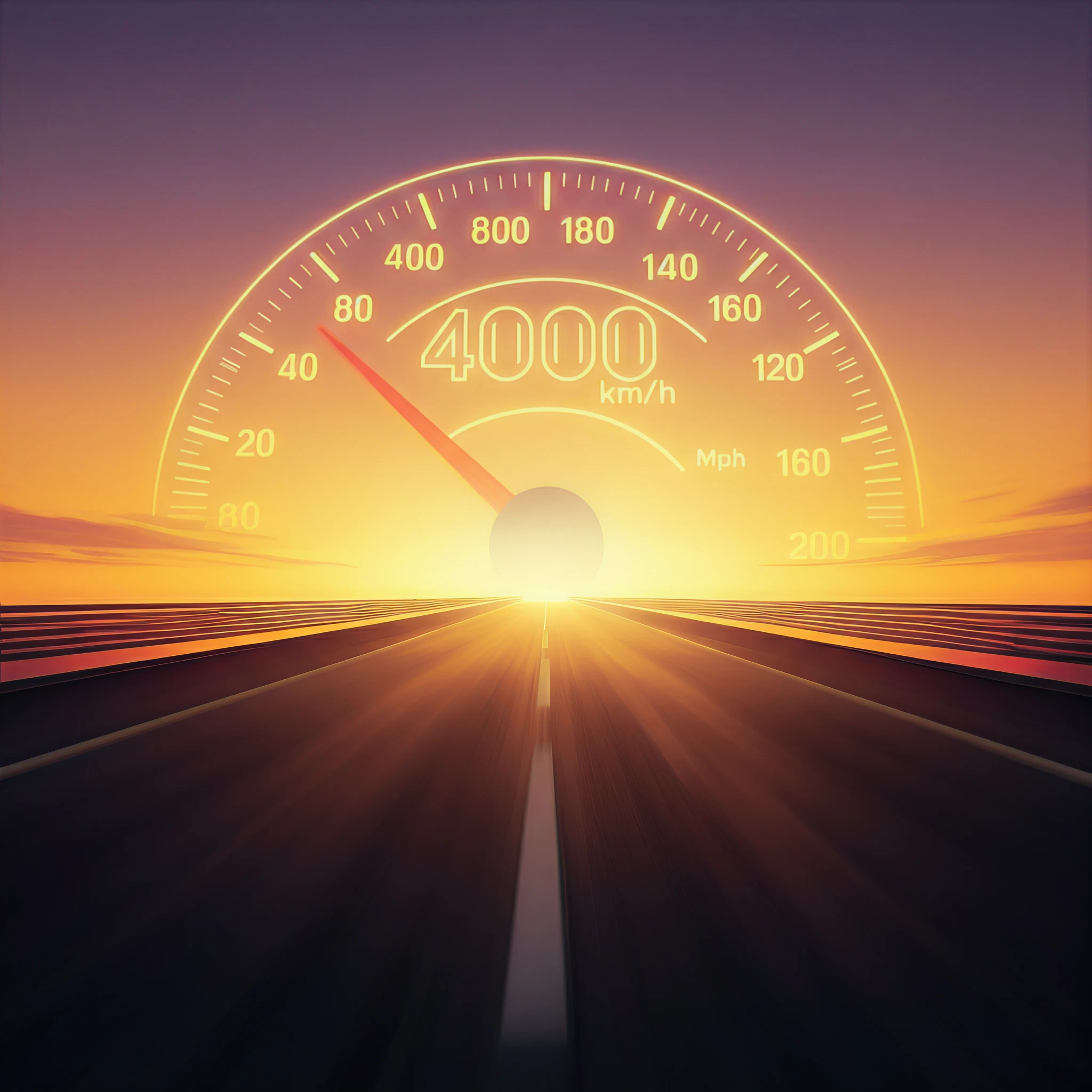If you’ve ever come across a reference to “400 km” and wanted to quickly know what that means in miles per hour (mph), you’re not alone. Whether you’re a student solving a physics problem, a driver curious about speed limits in different countries, or a traveler navigating routes abroad, understanding how to convert kilometers to miles can be incredibly useful.
This guide will not only teach you how to convert 400 km to mph, but it will also provide context for real-world applications and tools to make such conversions effortless.
Understanding Kilometers and Miles
Before jumping into the conversion, it’s helpful to understand kilometers (km) and miles. Both are units used to measure distance or speed, but they belong to different measurement systems:
- Kilometers are part of the metric system, widely used around the world (except in the U.S. and a few other regions).
- Miles are part of the imperial system, commonly used in the United States.
Since speed is expressed in distance traveled over time, we often see differences in how it’s represented. For example, speed limits might be shown as kilometers per hour (kph) in Canada and mph in the U.S.
The Conversion Factor
To convert kilometers to miles, you use the following fixed conversion factor:
1 kilometer = 0.621371 miles
This means:
- To convert kilometers to miles, multiply the number of kilometers by 0.621371.
- To convert miles to kilometers, divide the number of miles by 0.621371.
With this simple formula, you can calculate the equivalent miles for any distance given in kilometers.
Step-by-Step Conversion of 400 km to mph
Now, let’s break down the conversion of 400 kilometers per hour (km/h) to miles per hour (mph) step by step:
- Start with the conversion factor:
1 km = 0.621371 miles
- Multiply 400 by the conversion factor:
400 × 0.621371 = 248.5484 miles
- Round the result slightly for simplicity:
400 km/h ≈ 248.55 mph
Final Answer:
If a vehicle is traveling at 400 kilometers per hour, its equivalent speed in miles per hour is approximately 248.55 mph.
Practical Examples of 400 km to mph
What does a speed of 400 km/h (or 248.55 mph) look like in real life? Here are some examples:
- High-speed trains like the French TGV or Japanese maglev trains often travel at speeds approaching or surpassing 400 km/h.
- Sports cars and hypercars, such as certain Bugatti models, push the limits of speed and can reach 400 km/h.
- Airplanes might cruise at speeds in the 400 to 500 mph range, illustrating how ground and air speeds can overlap significantly.
Now that you know how fast 400 km/h translates to mph, you can visualize these numbers in real-world scenarios.
Tools and Resources for Speed Conversion
While calculating manually is helpful, there are many tools and resources available to make conversions even easier:
- Online Speed Converters – Websites and apps like SpeedConverter.net or UnitJuggler allow you to input any speed and instantly convert between units.
- Mobile Apps – Apps like Converter+ or the Google Search “convert” feature make on-the-go conversions quick and convenient.
- Smart Devices – Simply ask Siri, Google Assistant, or Alexa, “What is 400 km/h in mph?” for an instant answer.
Additional Information on Real-World Applications
Speaking of high speeds and technological advancements, let’s talk about the upcoming 2026 Mercedes-Benz CLA. This vehicle showcases Mercedes-Benz’s move toward electrification while maintaining focus on innovative, high-performance engineering.
The all-electric CLA aims to offer an impressive range:
- 750 km (466 miles) on a single charge in Europe, and likely closer to 400 miles under U.S. EPA standards.
- The dual-motor design delivers power seamlessly, with the vehicle accelerating rapidly, comparable to a 402-horsepower SUV. If you’ve wondered how vehicles perform as they approach higher speeds such as 100 mph (160 km/h), the CLA demonstrates exceptional balance and agility.
For those on the fence about EV adoption, Mercedes hasn’t left anyone behind. A gasoline hybrid version is also an option, ensuring accessibility for buyers across the spectrum. This hybrid supports speeds of up to 62 mph (100 kph) on electric power before engaging its gasoline engine.
With an 800-volt architecture, the all-electric CLA charges quickly, reaching 186 miles (300 km) of range in just 10 minutes. It’s an exciting example of speed and efficiency working together.
Conclusion
Converting 400 km to mph serves as a gateway to better understanding metrics and imperial systems. At 248.55 mph, it represents impressive speeds, and the conversion process itself is simple when using the factor of 1 km = 0.621371 miles.
From hypercars and high-speed trains to the innovative new Mercedes-Benz CLA, knowledge of speed conversion helps us appreciate movement in different contexts. Want to measure and compare more speeds or travel distances? Try using an online converter or smart assistant tools.
Stay curious and keep exploring the numbers behind the vehicles, planes, and trains that move our world!








